FUNDING CUTS IMPACT CT HUMANITIES: Help CT Humanities navigate recent funding cuts and continue our vital work across Connecticut. All donations made to CTH will be matched dollar-for-dollar up to $50,000. Donate today!
Now Viewing:
Lebanon
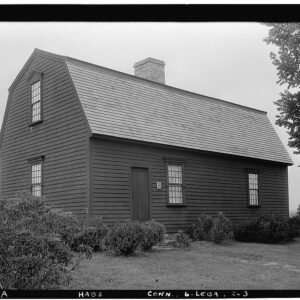
Jonathan Trumbull’s Lebanon War Office: The “Pentagon of the Revolution”
Jonathan Trumbull’s War Office in Lebanon functioned as headquarters for Connecticut’s Council of Safety from 1775 to 1783.
Read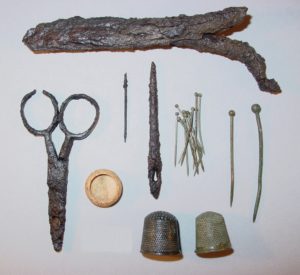
Waste Not, Want Not: The Colonial Era Midden
From tools, dishes, and clothing to muskrat bones, household trash from 1700s reveals how Yankees of the era lived.
Read
The Connecticut Town Green
Considered a quintessential feature of the New England landscape, town greens weren’t always the peaceful, park-like spaces we treasure today.
Read
The Lebanon Grange Followed a Different Tune than National Movement
Music played a central role in fraternal rituals and sense of community.
Read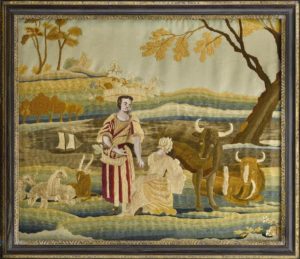
Faith Trumbull: The Artist Was a Young Girl
Her younger brother may be the better-known artist today, but it was her accomplished needlework pictures that inspired his youthful imagination.
Read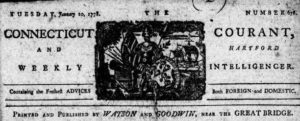
Hannah Bunce Watson: One of America’s First Female Publishers
Hannah Bunce Watson was one of the first female publishers in America and helped the Hartford Courant survive one of the most challenging times in its history.
Read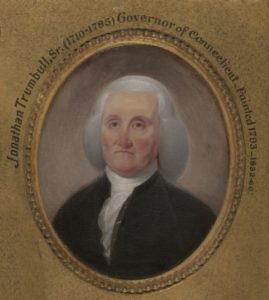
Governor Jonathan Trumbull Dies – Today in History: August 17
On August 17, 1785, Connecticut’s first governor, Jonathan Trumbull, died.
Read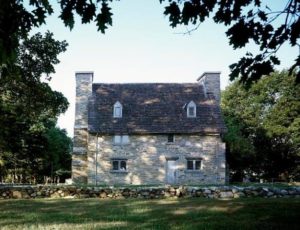
J. Frederick Kelly: Constructing Connecticut’s Architectural History
J. Frederick Kelly was both a well-known architect, preservationist, and architectural historian, whose works chronicled many of Connecticut’s historical properties.
Read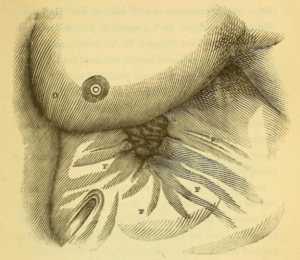
The Father of Gastric Physiology Born – Today in History: November 21
On November 21, 1785, physician and physiologist William Beaumont was born in Lebanon.
Read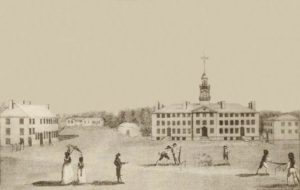
Eleazar Wheelock: Preacher, Dartmouth College Founder
Eleazar Wheelock was a notable eighteenth-century farmer, Congregational minister, revivalist, educator, and founder of Dartmouth College.
Read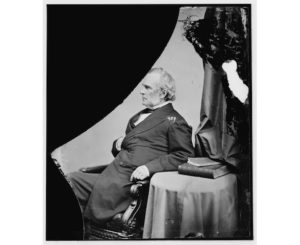
Connecticut’s War Governor, William A. Buckingham
Connecticut governor William Buckingham’s bronze statue at the Connecticut State Capitol honors his guidance of Connecticut through the Civil War.
Read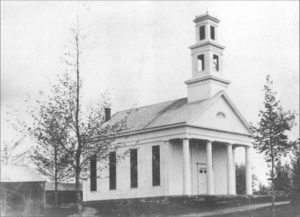
Pan-Harmonicum Strikes a New Note for Puritan Worship in Lebanon
Musical instruments, once scorned as ungodly, found a place in Congregational services at the turn of the 19th century.
Read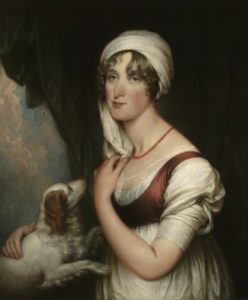
American Painter John Trumbull Born – Today in History: June 6
On June 6, 1756, John Trumbull, painter, architect, and author, was born in Lebanon.
ReadMore Articles




